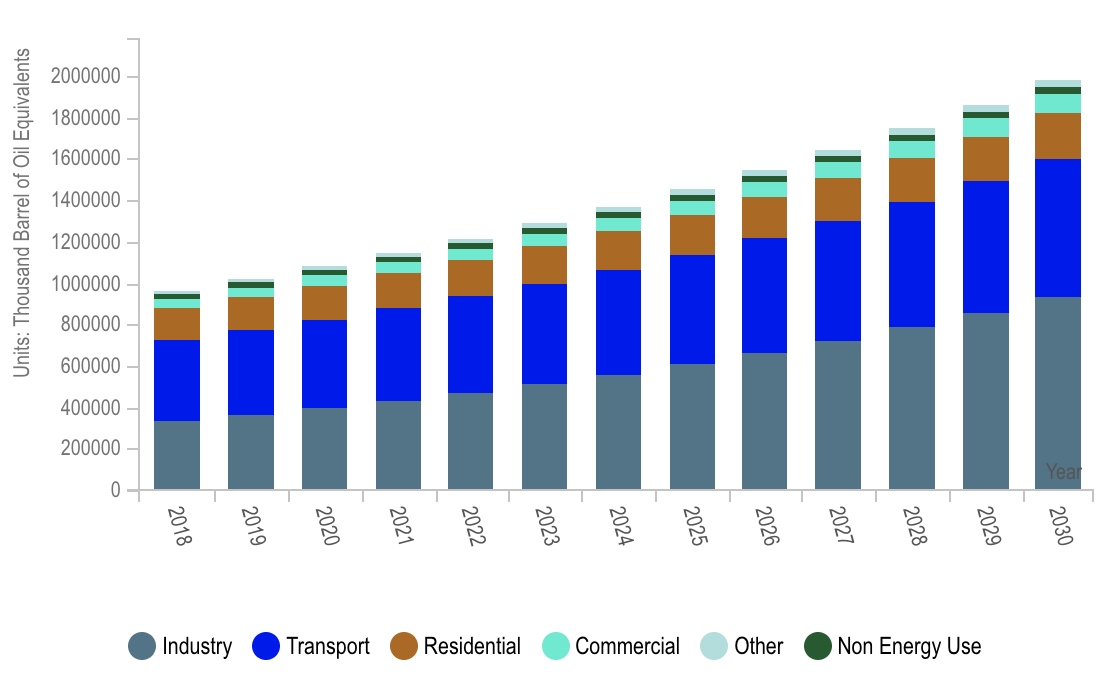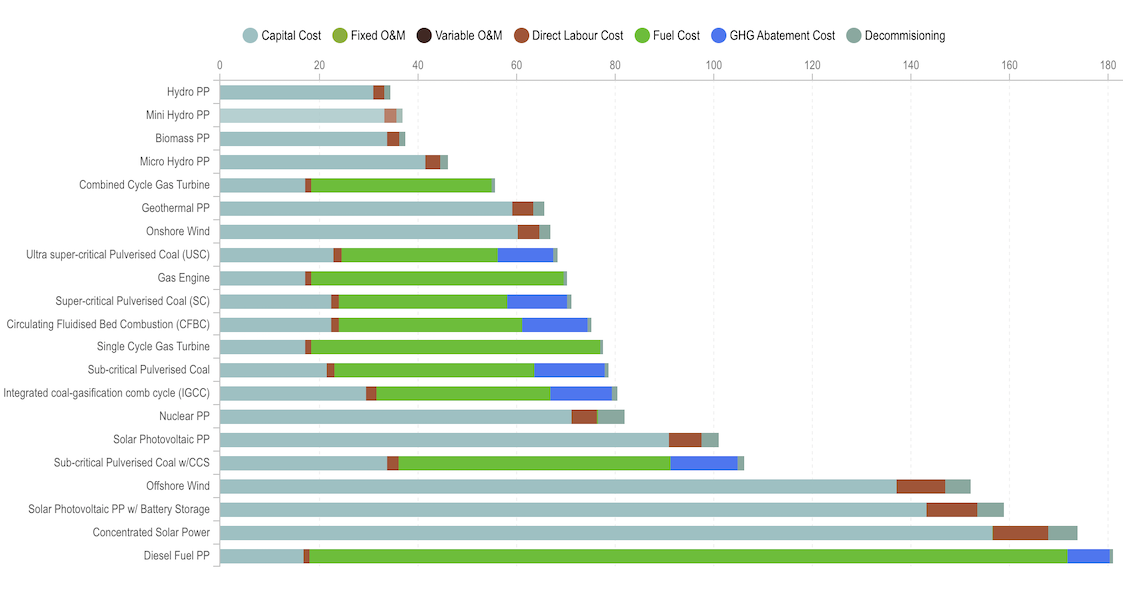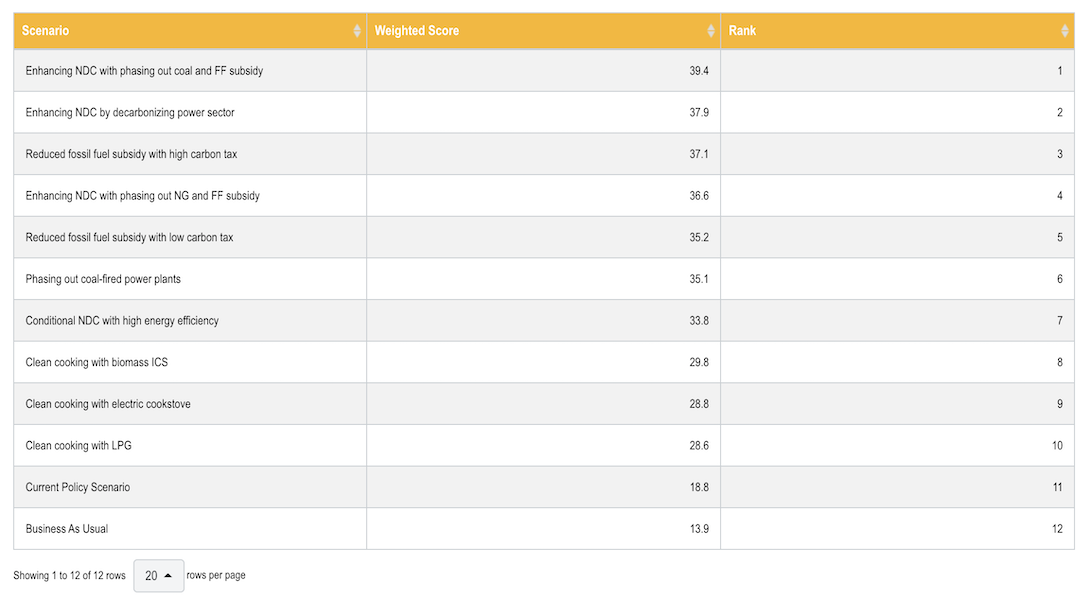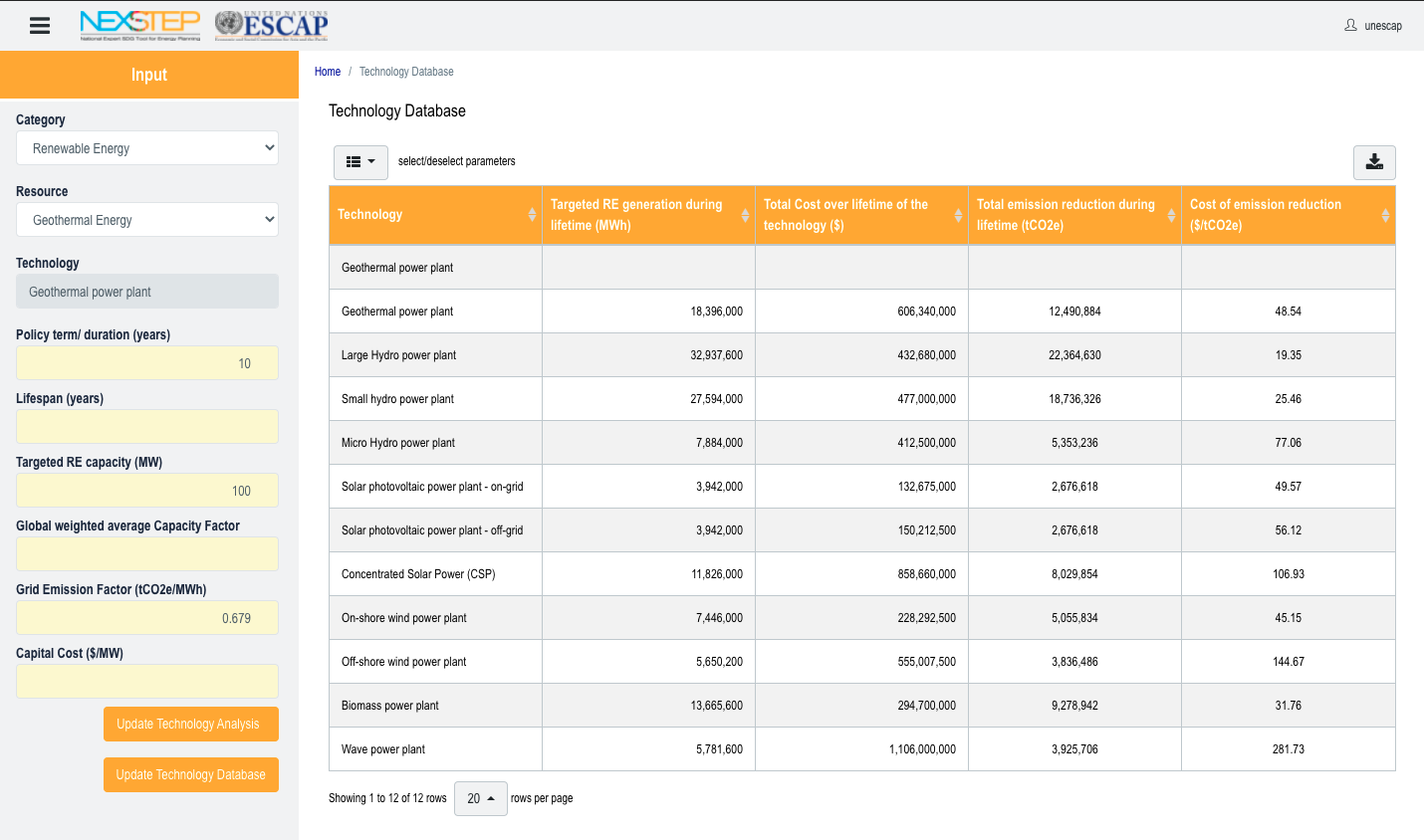ENERGY MODELING
Energy and emissions modelling will help estimate the share of different energy resources, and identify the technological interventions needed to achieve those shares.
ECONOMIC ANALYSIS
Economic analysis to identify the economically feasible options/interventions.
SCENARIO ANALYSIS
Scenario analysis to determine/identify the policies that are feasible for implementation in the national context.
Technology Database
Technology Database allows users to estimate the Economic, Social, and Environmental impacts of different technologies.
COUNTRIES
[[countries_list_with_flags]]OVERVIEW
Achievement of SDG7 targets requires an integrated system approach by considering the synergies between its constituent elements - increasing access to modern energy services, improving energy efficiency, reducing emissions from the energy sector and increasing the share of renewable energy.
Constraints, such as resources availability and the emission reduction targets under Nationally Determined Contributions (NDCs), need to be considered. A national SDG7 implementation roadmap that aligns with the existing national energy plan and strategy with SDG7 targets and NDCs as well as provides guidance for policymakers on what is required to achieve SDG7 and NDC targets and can offer a set of policy recommendations based on suggested energy transition pathways.
ESCAP is developing a tool - the National Expert SDG Tool for Energy Planning (NEXSTEP) - to support the development of national SDG7 roadmaps. This tool would enable policymakers to make informed policy decisions to support the achievement of the SDG7 and emission reduction targets. This initiative has been undertaken in response to the Ministerial Declaration of the 2nd Asian and Pacific Energy Forum (April 2018, Bangkok) and the Commission Resolution 74/9.
METHODOLOGY
The three key steps of the methodology are:
- Energy and emissions modelling will help estimate the share of different energy resources, and identify the technological interventions needed to achieve those shares.
- Economic analysis to identify the economically feasible options/interventions.
- Policy analysis to determine/identify the policies that are feasible for implementation in the national context.
The methodology has been peer reviewed by a panel of external experts. The panel members provided very positive feedback with a recommendation for a few minor adjustments.
The methodology also has been tested in Indonesia (one of the three pilot countries) by energy planners and experts in collaboration with the National Energy Council (NEC) and found to be very useful for SDG7 planning.






